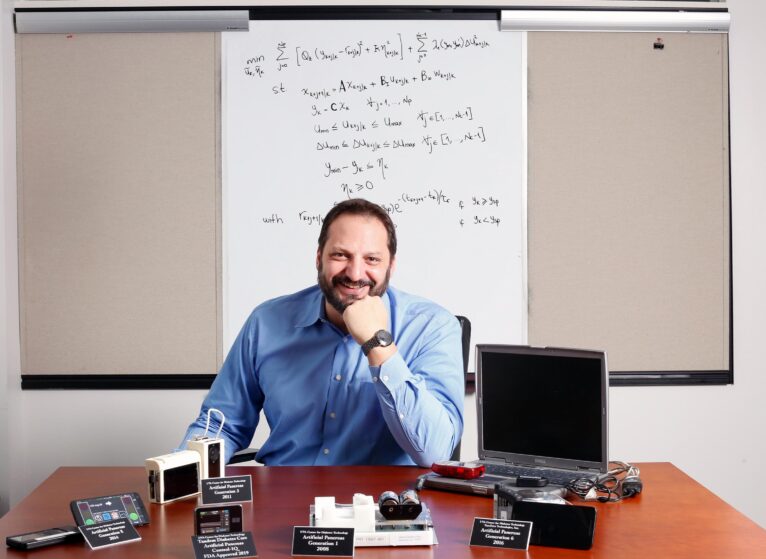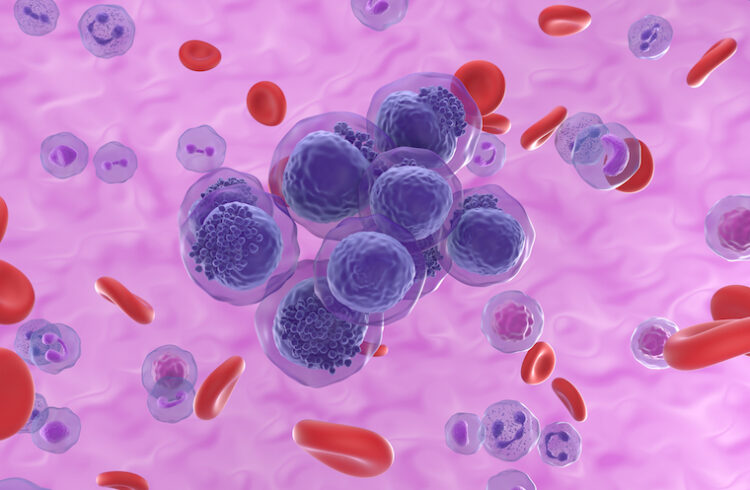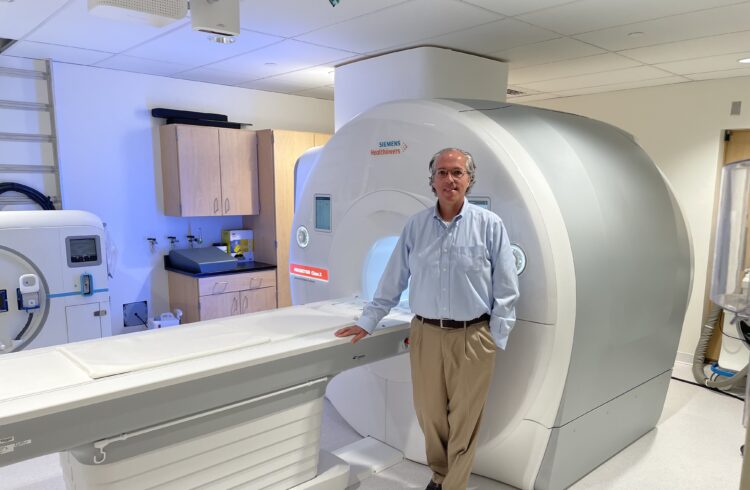
Marc Breton, PhD, co-authored a paper examining the future of automated insulin delivery systems.
Automated insulin delivery (AID) systems such as the UVA Health-developed artificial pancreas could help more type 1 diabetes patients if the devices become fully automated, according to a new review of the technology.
Even as the artificial pancreas and other AID systems have helped millions of people with type 1 diabetes better manage their blood sugar and improve their overall health, there are still limitations to overcome, according to the review from University of Virginia Center for Diabetes Technology scientists and their colleagues. These limitations include:
- AID systems are not yet fully automated; users must input their meals and exercise to avoid dangerous spikes or drops in blood-sugar levels.
- The systems work best overnight, when there are no meals or exercise.
- AID systems are not yet usable by all patients with type 1 diabetes, including women who are pregnant and older adults.
“These automated insulin delivery devices have significantly helped people with type 1 diabetes manage their blood sugars and yet challenges still remain – people still need to remember to give insulin for meals as well as carbohydrate counts,” said Sue A. Brown, MD, an endocrinologist and researcher at the UVA Center for Diabetes Technology who co-authored the paper, “These newer approaches can help alleviate those requirements and we are hopeful that we can make insulin management even easier for people with type 1 diabetes.”
Treatment Advances on the Horizon
A key goal, the researchers write, is to fully automate AID systems – also known as full closed-loop systems – so the devices require less or no interaction. In pursuit of this, UVA Center for Diabetes researchers are conducting home-based clinical trials testing a system that merges artificial intelligence and advanced model-based algorithms to deliver insulin around meals independently of any user-machine interactions.
Researchers at other institutions are developing artificial intelligence approaches that automatically detect meals and deliver corresponding insulin doses. Researchers are also testing full closed-loop systems that deliver both insulin and glucagon, which is used to treat low blood sugar.
“While AID has revolutionized diabetes care, most patients using insulin do not yet have access to such technology. Simplifying the use of these systems will greatly improve access,” said Marc Breton, PhD, associate professor of research at the UVA Center for Diabetes Technology and co-author of the paper. “UVA is at the forefront of another revolution: the use of artificial intelligence and data science at the very core of medical devices. Over the next couple of years, we will deploy adaptive, personalized and fully automated AID systems based on artificial neural networks and further enable safe, private, and efficacious management of this ever-growing condition.”
Celebrating Advances in Diabetes Care
The paper is part of a collection of research articles on automated insulin delivery and UVA’s artificial pancreas co-edited by Boris Kovatchev, PhD, director of the Center for Diabetes Technology, to commemorate the 75th anniversary of the National Institute of Health’s National Institute of Diabetes and Digestive and Kidney Diseases (NIDDK).
“The translation of artificial pancreas technology was one of the most important NIDDK achievements in the past 20 years. The institute’s support was critical for this development, which now benefits hundreds of thousands of people with type 1 diabetes,” Kovatchev said. ‘The UVA Center for Diabetes Technology played a central role in this progress as evidenced by the acknowledgement of the center in the 2021-2025 NIDDK Strategic Plan. It is therefore logical that several UVA faculty were invited authors of the NIDDK’s 75th anniversary collection, including Marc Breton, Sue Brown, Chiara Fabris, Linda Gonder-Frederick, Mark DeBoer and Daniel Cherñavvsky.”
Findings Published
Breton, Brown and their collaborators have simultaneously published their paper in the journals Diabetes Technology & Therapeutics and the Journal of Diabetes Science and Technology. The research team consisted of Peter G. Jacobs, Carol J. Levy, Brown, Michael C. Riddell, Ali Cinar, Charlotte K. Boughton, Breton, Eyal Dassau, Greg Forlenza, Robert J. Henderson, Roman Hovorka, David M. Maahs, Medha Munshi, Helen Murphy, Sarit Polsky, Richard Pratley, Melissa S. Putman, Viral N. Shah, Leah M. Wilson, Howard Zisser and Laya Ekhlaspour.
To keep up with the latest medical research news from UVA, subscribe to the Making of Medicine blog.



